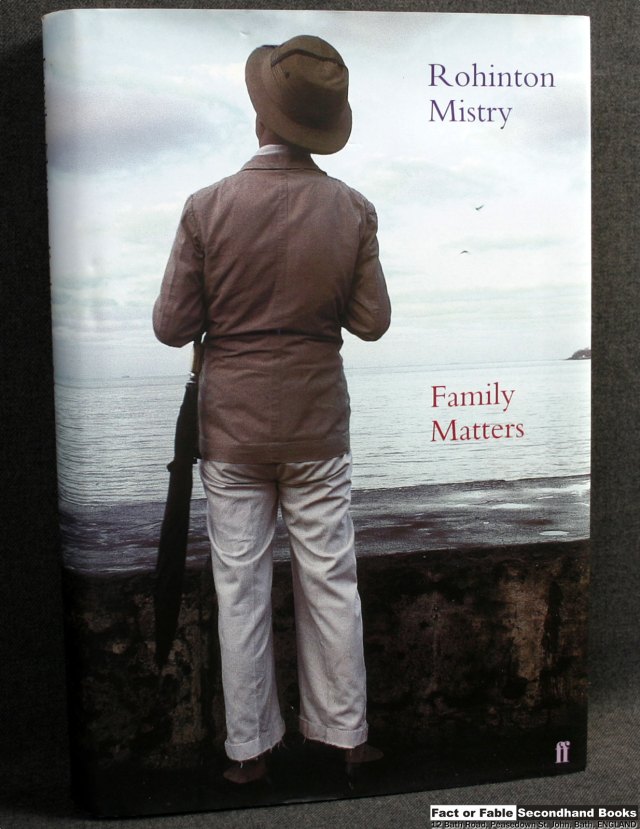Indian Every Day: Light, Healthy Indian Food by Anjum Anand lands on the shelves of my shop.
London: Headline, 2003, Hardback in dust wrapper.
Illustrated by way of: Colour Photographs;
From the cover: ANJUM ANAND has given the Indian food we love a mouth-watering new taste, drawing inspiration from the cooking very few of us have had the good fortune to try homemade food fresher, healthier and simpler fare that is worlds away from oily curries and flock wallpaper. Using all the exotic traditional ingredients and fragrant spices she fuses them into contemporary, holistic dishes that sing with the home-style flavours she adores.
Anjum learned her craft at home and in trend-setting restaurants around the world. She appreciates the struggle to find light and healthy Indian food and so has packed her first book with recipes for delicious balanced meals we can indulge in every day, such as Spiced Colocasia, Creamy Lentil Risotto, and Luscious Lamb Brochettes.
This is authentic Indian food with a modern touch, created for people with busy lives who want to cook both for everyday meals and for special occasions. Indian Every Day will spice up your cooking and give you a new perspective on the unique taste of Indian food.
Very Good+ in Very Good+ Dust Wrapper.
Matching Pictorial boards. 224 pages. Index. 10″ x 7¾”.
Of course, if you don’t like this one there are plenty more available here!










